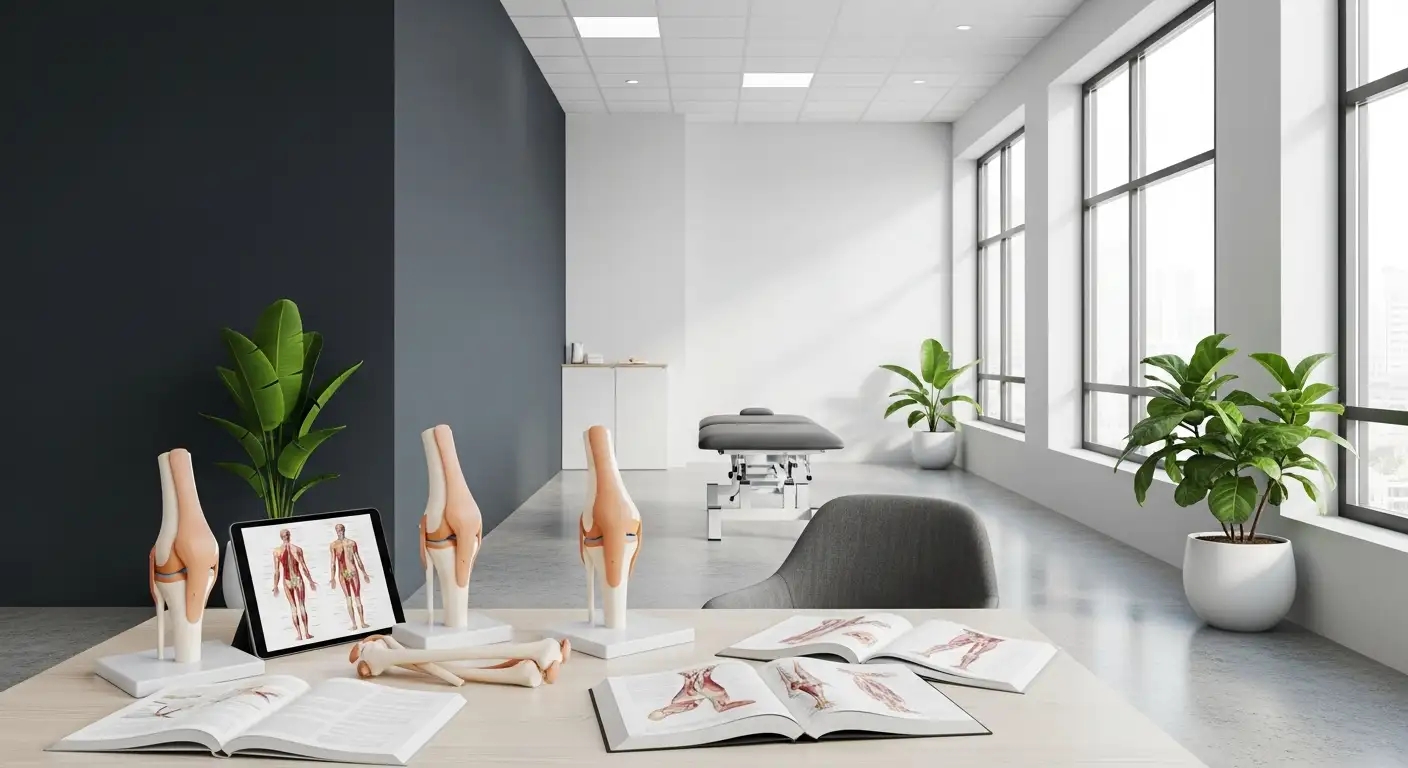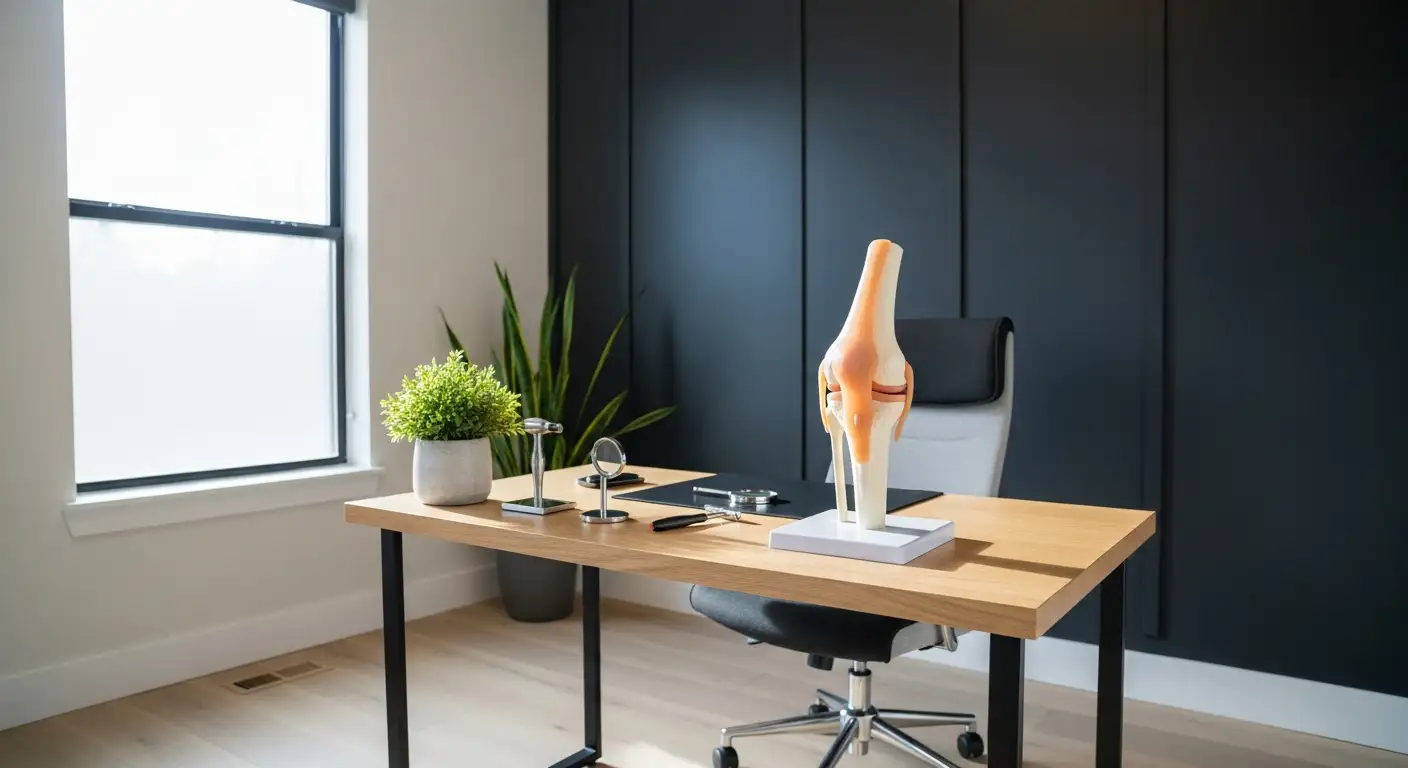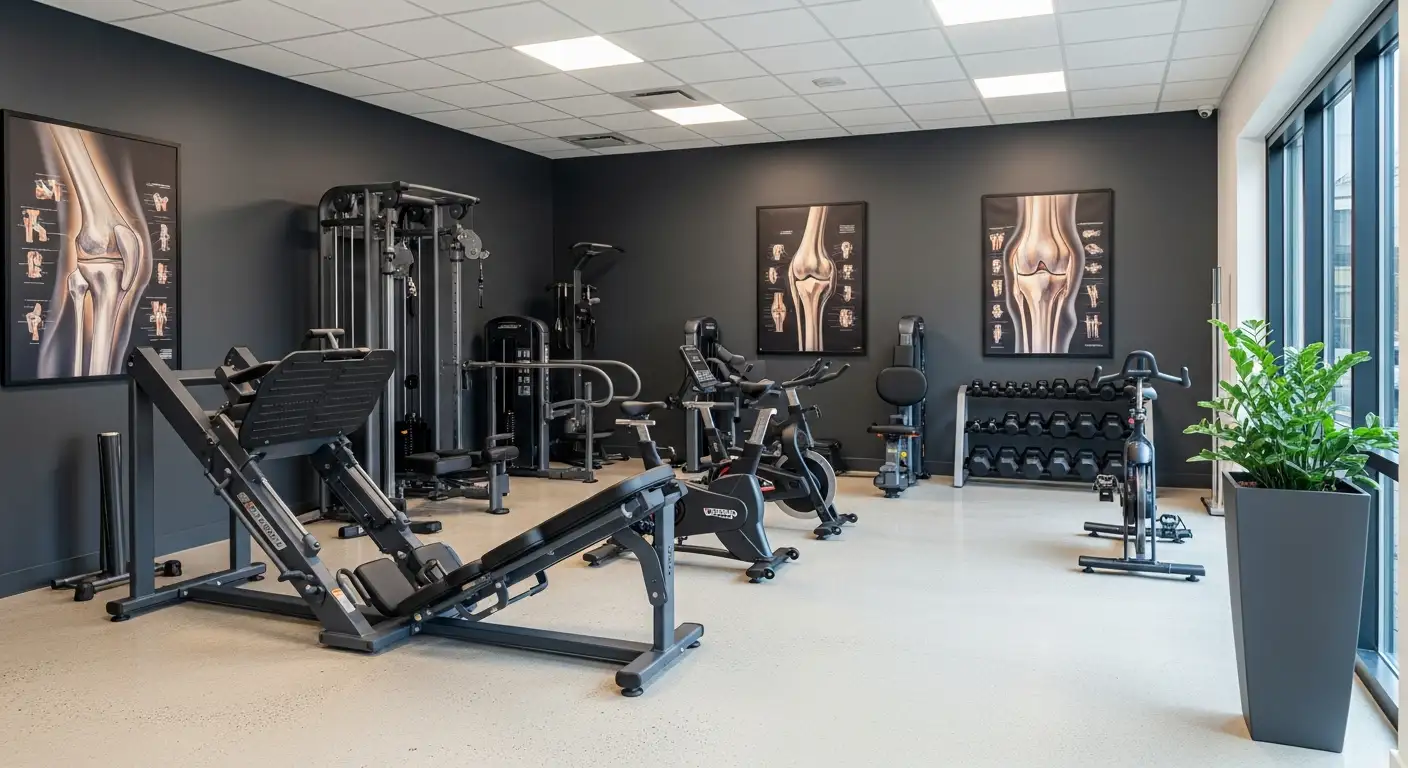Understanding TENS Therapy
Before delving into where to put TENS pads for knee pain, it's vital to understand what TENS therapy is and the function of TENS pads.
What is TENS Therapy?
TENS, or Transcutaneous Electrical Nerve Stimulation, is a form of therapy that uses low-voltage electrical currents for pain relief. TENS is commonly used to alleviate chronic and acute pain by sending electrical pulses to the nerves in the specific area of the body experiencing discomfort. This stimulation helps to block pain signals from reaching the brain and encourages the production of endorphins, which are the body's natural painkillers.

The Role of TENS Pads
TENS pads, also known as electrodes, play a crucial role in delivering the electrical pulses to the body. They are typically placed around the area that is in pain, such as the knee, to offer targeted pain relief through the specific nerves affected by the injury or condition. The pads should be placed on clean, dry skin to ensure proper adhesion and conductivity for effective pain relief in the knee area, and any excess hair in the region should be removed before applying the electrodes to the skin.
Proper placement of TENS pads is vital for effective pain relief. For knee pain treatment using TENS therapy, the four pads should be placed directly above and below the knee in the front or back of the leg. This placement targets the quadricep and hamstring muscles to alleviate pain effectively. The pads should also be placed on the inside and outside of the knee for comprehensive pain relief. These placements will help target the adductors and abductors muscles in the thigh to manage the knee pain effectively.
It's essential to avoid placing the pads directly on the knee joint or the front of the kneecap to prevent skin irritation or discomfort, and instead place them on the muscles around the knee to target the nerves effectively.
Understanding the basics of TENS therapy and the role of TENS pads plays a crucial role in effectively managing knee pain. It's always recommended to consult a healthcare professional for personalized advice, especially when starting with TENS therapy.
TENS Therapy for Knee Pain
Transcutaneous Electrical Nerve Stimulation (TENS) therapy can be a beneficial tool in managing knee pain. The placement of the TENS pads plays a significant role in the effectiveness of this treatment.
Causes of Knee Pain
Knee pain can be caused by various factors such as injuries, arthritis, tendinitis, bursitis, and other medical conditions. These conditions can lead to inflammation, swelling, and stiffness in the knee area, making movements painful and challenging.
How TENS Therapy Helps
TENS therapy offers a non-invasive method for managing knee pain. It involves the use of a device that sends electrical impulses through electrodes, or TENS pads, placed on the skin around the painful area. These electrical impulses help to stimulate the nerves in the affected region, blocking the pain signals from reaching the brain.
TENS pads are typically placed around the area that is in pain, such as the knee, to offer targeted pain relief through the specific nerves affected by the injury or condition [1]. The pads should be placed on clean, dry skin to ensure proper adhesion and conductivity for effective pain relief in the knee area, and any excess hair in the region should be removed before applying the electrodes to the skin.
When using TENS therapy for knee pain, it is essential to avoid placing the pads directly on the knee joint or the front of the kneecap to prevent skin irritation or discomfort, and instead place them on the muscles around the knee to target the nerves effectively.
For knee pain treatment using TENS therapy, the four pads should be placed directly above and below the knee in the front or back of the leg. This placement targets the quadricep and hamstring muscles to alleviate pain effectively [2].
The pads should also be placed on the inside and outside of the knee for comprehensive pain relief when utilizing TENS therapy for knee pain. These placements will help target the adductors and abductors muscles in the thigh to manage the knee pain effectively [2].
Proper pad placement is crucial for effective TENS therapy in managing knee pain, and following these guidelines can help individuals achieve optimal pain relief.
By understanding where to put tens pads for knee pain, individuals can harness the benefits of TENS therapy to manage their knee pain effectively.
TENS Pad Placement for Knee Pain
When it comes to managing knee pain with TENS therapy, proper placement of the TENS pads is crucial for effective pain relief. It's always good to be guided by a healthcare professional or refer to the device's user manual to understand the most suitable electrode placement for knee pain.
Placing Pads Around the Knee
TENS pads are typically placed around the area in pain, such as the knee, to offer targeted pain relief through the specific nerves affected by the injury or condition. TENS pads can be positioned above, below, or on the sides of the knee joint to ensure proper delivery of the electrical impulses for pain relief without causing any skin irritation or discomfort in the area.
For knee pain treatment using TENS therapy, four pads should be placed directly above and below the knee in the front or back of the leg. This placement targets the quadricep and hamstring muscles to alleviate pain effectively [2].

Placement for Specific Knee Areas
The pads should also be placed on the inside and outside of the knee for comprehensive pain relief when utilizing TENS therapy for knee pain. These placements will help target the adductors and abductors muscles in the thigh to manage the knee pain effectively.
The optimal pad placement varies depending on the location and type of knee pain being treated. It can include above the kneecap, below the kneecap, and at the sides of the knees [3].
Avoiding Kneecap Placement
When using TENS therapy for knee pain, it is essential to avoid placing the pads directly on the knee joint or the front of the knee cap to prevent skin irritation or discomfort. Instead, place them on the muscles around the knee to target the nerves effectively.
Optimal placement is key to achieving the desired pain relief. By following these guidelines and adjusting as necessary, individuals can make the most of TENS therapy for managing their knee pain.
Optimizing TENS Therapy for Knee Pain
Getting the most out of Transcutaneous Electrical Nerve Stimulation (TENS) therapy for knee pain comes down to two key aspects: adjusting the current strength and experimenting with pad placement.
Adjusting Current Strength
When using TENS therapy for knee pain, it's recommended to start with a low-intensity setting and gradually increase to the highest tolerable level to achieve optimal pain relief. This approach allows you to familiarize yourself with the sensation of electrical impulses and avoid potential discomfort from overly intense settings. It's essential to note that TENS therapy should not cause pain, but rather a tingling sensation. If pain does occur, it's advisable to reduce the intensity or consult a healthcare provider.
Experimenting With Pad Placement
Finding the best spot for TENS pads plays a crucial role in pain management. Professionals who understand the musculoskeletal system can effectively place electrode pads on the skin for optimal pain relief when using a TENS Unit for therapy.
However, if you're self-administering TENS therapy, there are guidelines that can help you position the pads effectively.
Surrounding the kneecap with electrode pads and using electronic muscle stimulation from a TENS unit can significantly decrease knee pain and improve range of motion and flexibility in the knee joint. Proper placement of the pads is essential for the TENS unit to effectively control and reduce knee pain.
Here are some general guidelines for where to put tens pads for knee pain:
- Two electrode pads are usually positioned either side of the area of most intense pain. This allows the TENS sensation to cover the painful area effectively.
- Four electrode pads can be used to treat a larger area of pain, providing relief to a broader region. This enables coverage over a wider painful area [7].
- The kneecap should generally be avoided when placing TENS pads for knee pain. Placement on the back of the knee is considered acceptable for individuals experiencing pain in that area [6].
Remember that everyone's pain is unique, and the most effective placement for TENS pads may vary from person to person. It's worth experimenting with different pad positions to find the one that brings you the most relief. Always consult a healthcare provider if you have any concerns or if your pain persists or worsens.
Precautions and Tips for TENS Therapy
TENS therapy, while typically safe and non-invasive, does require some care and attention for effective use. Ensuring proper skin preparation and understanding when to consult a healthcare provider can help increase the effectiveness of the therapy and avoid unnecessary complications.
Preparing Skin for TENS Pads
Before applying TENS pads, it's crucial to ensure that the skin is clean and dry. This helps to ensure proper adhesion and conductivity, which are crucial for effective pain relief in the knee area. Any excess hair in the region should be removed before applying the electrodes to the skin.
To prepare your skin for TENS pads:
- Clean the area with mild soap and water
- Dry thoroughly
- Remove any excess hair
- Apply the TENS pads
Additionally, regularly changing the pad placement and adjusting the intensity levels based on comfort and pain relief effectiveness is recommended for managing knee pain with a TENS machine.
When to Consult a Healthcare Provider
While TENS therapy can be conducted at home, it's vital to consult a healthcare provider or a professional who is knowledgeable about the musculoskeletal system for optimal pad placement. Proper electrode placement is crucial for the effectiveness of TENS therapy, and professionals can provide instruction on how to use the device and where to properly position the electrodes for optimal pain relief.
Also, if you experience any adverse effects such as increased pain, skin irritation, or discomfort, consult your healthcare provider immediately.
Remember, while TENS therapy can help manage and alleviate knee pain, it's not a substitute for professional medical advice and treatment. Always consult your healthcare provider for personalized medical advice.
References
[1]: https://ireliev.com/tens-unit-side-effects/
[3]: https://neuragenex.com/a-comprehensive-guide-on-electrical-stimulation-therapy-for-knee-pain/
[4]: https://tensunits.com/blogs/blog/tens-unit-placement-101
[5]: https://omronhealthcare.com/blog/10-tips-for-tens-pad-placement/
[6]: https://www.utopiagear.com/blog/how-to-use-a-tens-unit-for-knee-pain/
[7]: https://versusarthritis.org/about-arthritis/treatments/electronic-pain-relief/
[8]: https://www.caremax.com.au/blog/use-tens-machine-for-knee-pain-a-complete-guide





